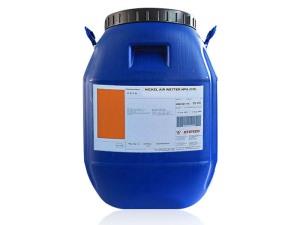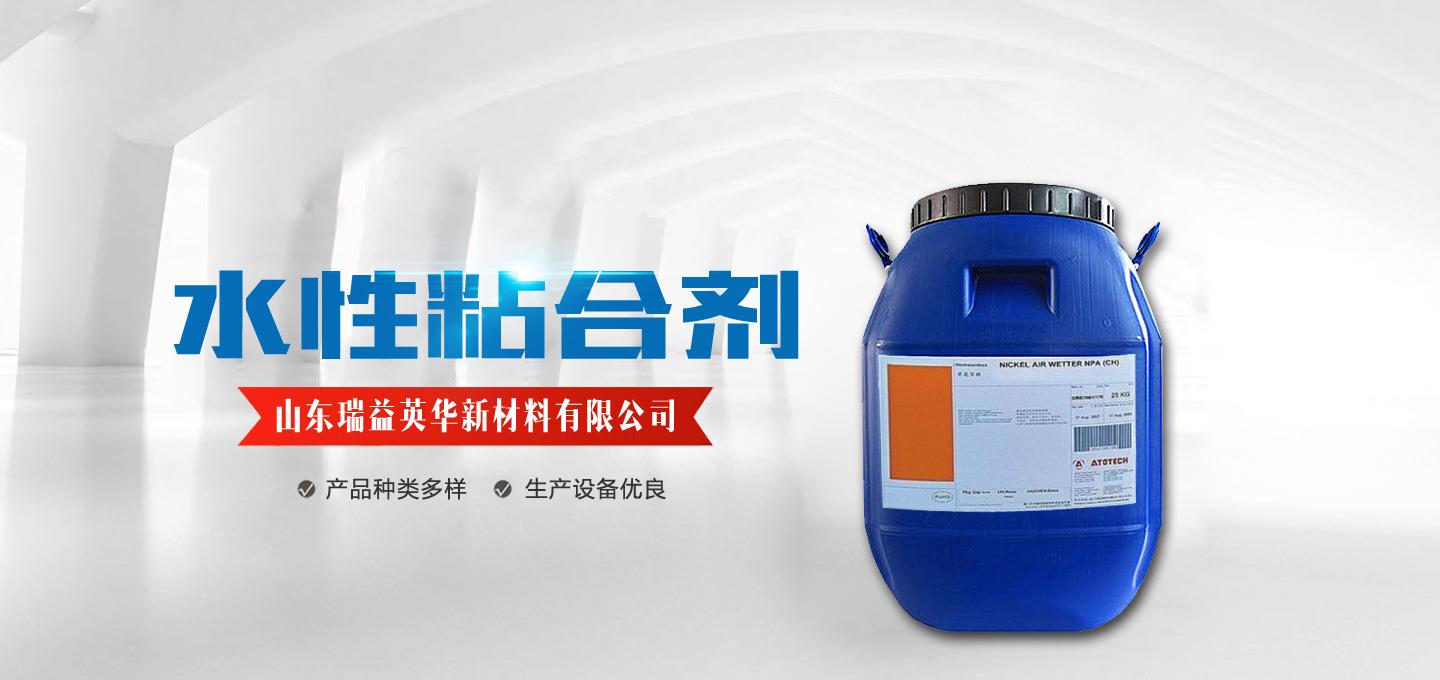The history of acrylic emulsion polymerization has been over 80 so far. At present, in addition to conventional emulsion polymerization, there are seed emulsion polymerization, core-shell emulsion polymerization, soap-free emulsion polymerization microemulsion polymerization, ultramicroemulsion polymerization, inverse emulsion polymerization, inverse microemulsion polymerization, ultra concentrated emulsion polymerization, dispersion polymerization And many other technologies. Emulsion polymerization is the process of synthesizing monomers and water in an emulsion under the action of an emulsifier. The system consists of four basic components: monomer, water emulsifier and water-soluble initiator. Emulsion polymerization has been widely used in three aspects: one is separation into gel-like or powdery solid products after polymerization; two is emulsion coatings and adhesives; third is particles as a carrier for pigments, particle standard samples and immune reagents. Among them, emulsion paint has become one of the important applications of emulsion products.

Monomer refers to unpolymerized organic compounds, such as styrene, acrylic acid, methacrylic acid, methyl methacrylate, butyl methacrylate, acrylamide, silicone, etc. Monomer is the direct decision of the quality of the emulsion and use factor. Acrylic emulsion is an emulsion synthesized from monomers such as acrylic acid, methyl acrylate, and butyl methacrylate.
Silicone acrylate is an emulsion synthesized from acrylic monomers and silicone monomers. Pure acrylic emulsion is an emulsion synthesized from acrylic monomer and styrene monomer.
Acrylic emulsion is an emulsion synthesized from acrylic monomer and vinyl acetate monomer.
Related News
- How to choose a better quality glue
- What are the characteristics and precautions of window glue?
- What are the uses of aluminum foil tape?
- What should be paid attention to when using water-based varnish?
- What are the advantages of water-based varnish?
- Common faults and solutions of water-based varnish
- What factors affect the gloss of water-based varnish
- Reasons and solutions for spotting of aluminum coating film glue
- Why does the internal stress of the glue cause displacement of the compounding of the aluminized film glue?
- Brief introduction of aluminum foil adhesive
- What you need to know about the history of acrylic emulsions
- Introduction of performance characteristics of aluminum foil adhesive
- What to do if the glue is opened
- What problems should be paid attention to in the transportation of window glue
- Viscosity control of water-based varnish
- Method for sticking laser film glue on surface of pressed flower card
- What to do if the glue is opened
- Advantages and applications of acrylic emulsion
- On thickening method and principle of acrylic emulsion
- Application process and precautions of aluminum coated film adhesive


